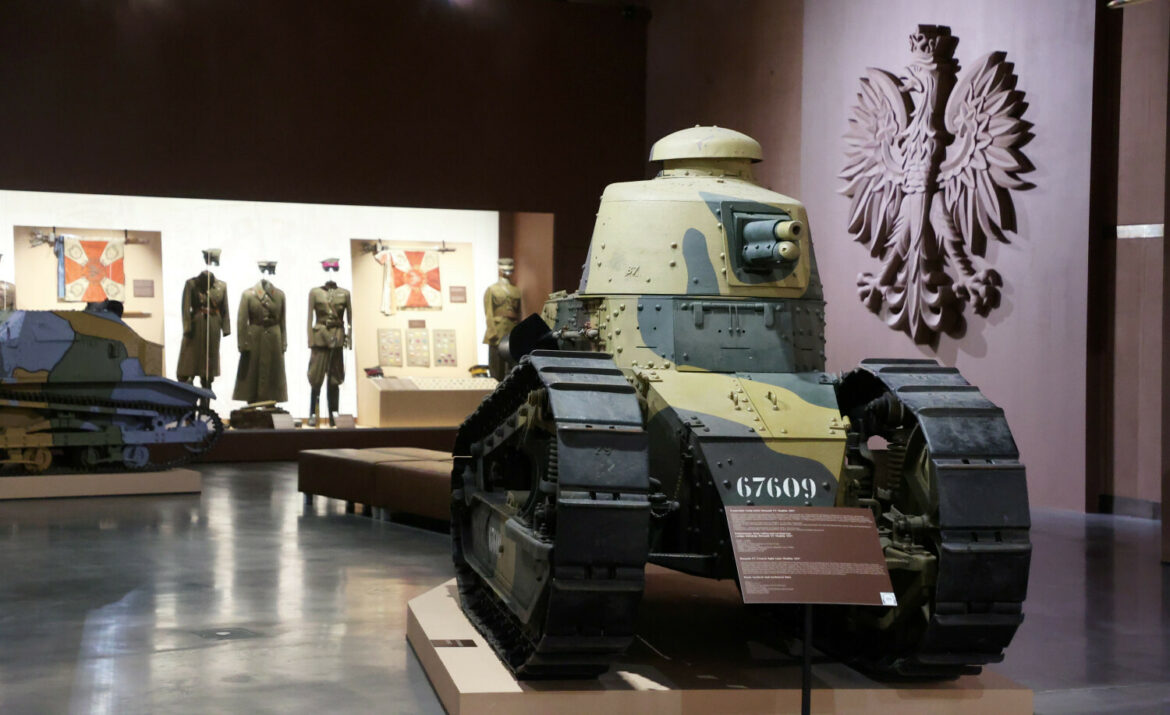The inaugural exhibition ‘1000 years of the glory of the Polish military’ can be viewed at the new headquarters of the Museum of the Polish Army at the Warsaw Citadel. It features almost 3,000 of the most valuable relics from the museum’s collection of over 300,000 items.
The exhibition in the main exhibition pavilion is ultimately intended to bring visitors closer to the military history of Poland, covering the period from the beginnings of Polish State to the end of World War II.
The exhibits are displayed in new showcases, with new lighting and backdrops, and the scenographic arrangement of the exhibition, moving from era to era. „It has been carried out in such a way as to make certain characteristic elements affect the viewer. For example, the Battle of Grunwald is a Gothic period, so a specially prepared mannequin of Ladislaus Jagiello with a detailed reconstruction of his attire will be shown in the entourage of Gothic cathedral columns”, says Museum Director Paweł Żurkowski.
One of the most valuable objects presented in the Citadel is the oldest tank of the Polish Army – the Renault FT. It arrived at the Museum of the Polish Army in February 2013; there had previously been no vehicle of this type in the collections of Polish museums.
The tank came to Poland from Afghanistan, where it stood on a pedestal in front of the barracks in Kabul. In 2012, the Afghan government donated it to Poland, and now, after a complete reconstruction, it can be seen in the new headquarters of the Polish Army Museum.
The new headquarters of the Museum of Polish Arms has been designed to fit in with the character of the Warsaw Citadel and interact with it maximally. In the centre of the new building is a fully multimedia room, i.e. a space for temporary exhibitions or events organised by the museum. The roof has been designed as a „green” element, the building has geothermal heating so as not to draw power from the outside, and a closed water circuit, later used to maintain the plants.
Arkadiusz Słomczyński





